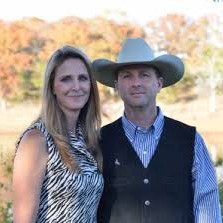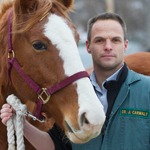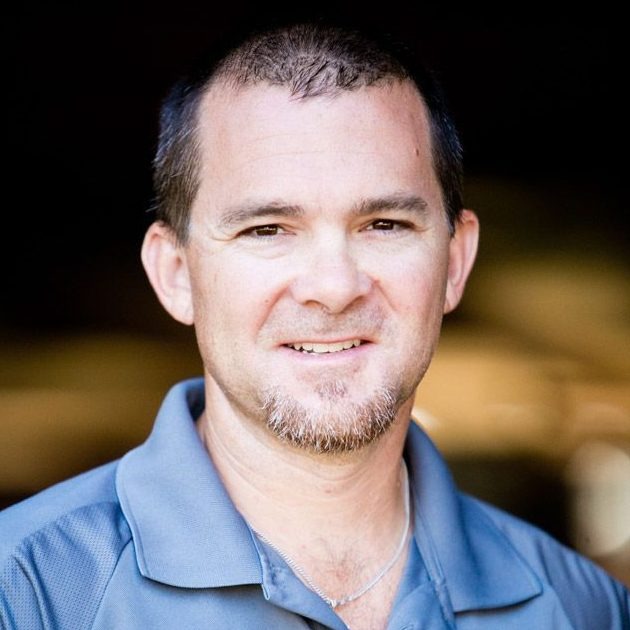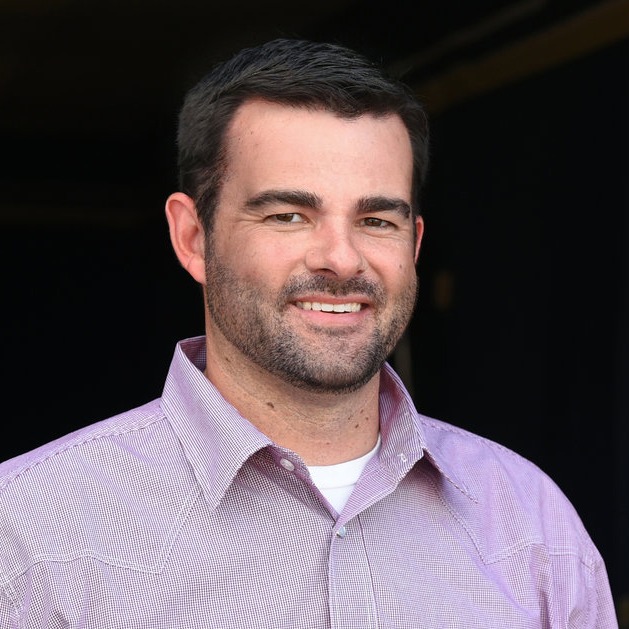Challenging Questions in Western Performance Horse Lameness
Species
Equine
Contact Hours
3 Hours
Early Booking Deadline
Thu, 01 January, 1970
Registration Deadline
Thu, 01 January, 1970
Language
English
Discipline
Orthopaedics
Rehabilitation & Physiotherapy / Physical Therapy
Sports Medicine
Surgery
Industry Partners
Global

Veterinary Partners
Global
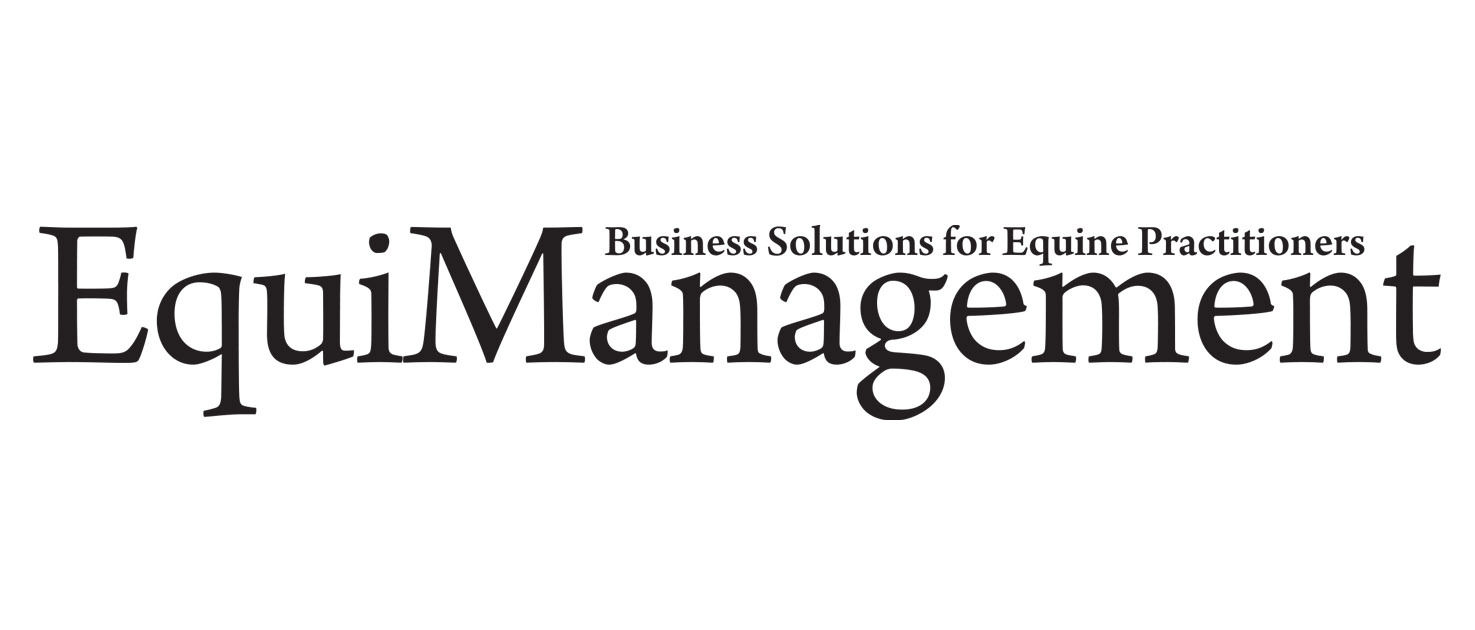
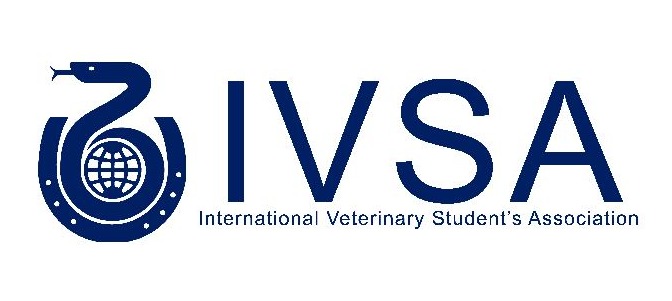
Recorded on: 5th November 2020
Panelists:
James Carmalt MA, VetMB, MVetSc, PhD, FRCVS, DABVP, DAVDC, DACVSMR, DACVS –
West. Col. of Vet. Med., USA
Ty Wallis DVM, MS, DACVS – Equine Athlete Veterinary Services, USA
Brent Hague DVM, DACVS – Oakridge Equine Hospital, USA
Moderator:
John Janicek DVM, MS, DACVS – Brazos Valley Equine Hospitals, USA
CONTENT DESCRIPTION
The 4 highly respected equine specialists involved with this panel discussion have spent a great proportion of their careers evaluating and treating western performance horses affected by lameness and poor performance. Current trends, usefulness and limitations of different diagnostic modalities and therapeutic options will be presented and discussed. The following topics will be debated with the help of case-discussions and the anticipated differing opinions will allow online participants to take home options to tailor fit their practice:
Medicating Joints
- Why are we injecting the joints of young horses (specifically hocks) as a preventative measure?
- Many WPH clients appear to request ‘the 3 hock injections’, the TMT, DIT and tibiotarsal joint – What is the rational behind it, especially as in most horses there is no evidence of tibiotarsal joint OA?
- Intra-articular Regenerative medicine: When to use it and which one is indicated.....Prostride vs PRP vs IRAP vs Stem Cells vs Alpha 2 macroglobulin?
- Indications for the use of polyacrylamide gel over a regenerative treatment option?
- Indications for injecting rear limb navicular bursas?
Neck & Back Problems
- Observations in horses with neck pain/pathology – How does it affect WPHs and their performance?
- Kissing spines....how much does it affect WPHs and how should we treat the condition short- and long-term? Best treatment options – Corticosteroid injections, shockwave, bisphosphonates, surgery…?
- How should one interpret PPE radiographs revealing "kissing spines" in an asymptomatic horse?
Surgery
- Stifle joint pain with no ultrasonographic or radiographic evidence of pathology, when should one recommend diagnostic arthroscopy?
- Indications for navicular bursoscopy?
- Subchondral microfractures of the medial MC3 condyle diagnosed via MRI – When to choose diagnostic arthroscopy over conservative management?
- Management of shallow subchondral cystic lucencies of the medial femoral condyle that block to the medial femorotibial joint – How should they be managed if the lucency is too shallow to place a transcondylar screw?
Miscellaneous
- Use of bisphosphonates in navicular disease – What other pathologies are indications for use of the drug?
- Do the region or type of condition dictate which therapies should be used or does it boil down to cost and/or convenience?
- Compensatory soreness in the back, sacroiliac region or trochanteric bursa problems...should one treat or see if the soreness resolves by treating the primary problem?
- What to do when a horse repeatedly blocks out to a region but x-ray, ultrasound and MRI fail to show anything?
- How to diagnosis collateral ligament desmitis of the coffin joint and how to best treat it?
- Why have therapeutic shoes gained less popularity in WPHs compared to horses performing in other disciplines? Is this perception shared by others and what are the reasons behind this difference?
- Core lesion or significant margin tear affecting the suspensory ligament or a flexor tendon – When is regenerative medicine indicated, how do you monitor the injury and when and how should rehabilitation be used?
.
Dr. Brent Hague is a native of Oklahoma that received his DVM from Oklahoma State University in 1993. Following graduation he became an associate at an equine practice in central Oklahoma until being accepted into a surgery residency at Texas A & M. In 1998, he completed his surgery training and became board certified by the American College of Veterinary Surgeons and the American Board of Veterinary Practitioners.
Son of a fourth generation farmer/rancher, Dr. Hague and his wife grew up in northwestern Oklahoma. Both were raised in families supported by raising wheat, alfalfa, and cattle. Dr. Hague and his wife now live on a small farm east of Edmond with their 4 boys. He enjoys working with his sons in the hay field and dabbling with his registered Angus hobby. Other personal interests include spending time helping his sons show cattle, watching them rope, hunting and fishing.
Dr. Hague’s professional interests are sports medicine, arthroscopic surgery, laser surgery, and orthopedics. He enjoys the opportunity to share his experience with fellow equine practitioners by taking part in clinical research, and public speaking. Most recently he has been involved in advances in bone marrow derived stem cell therapy in equine athletes.
Dr. Hague and his partner, Mike Major, DVM founded their referral equine surgery practice, Oakridge Equine Hospital, PC, in February 2003. Their goal is to provide clients with the latest technology and expertise available to diagnose and treat the equine athlete. They have continued to strive toward excellence in the field of equine surgery and medicine, by surrounding themselves with talented veterinary associates and knowledgeable staff.
Dr. James Carmalt graduated from the University of Cambridge in 1998 and then completed an internship in large animal medicine at the Western College of Veterinary Medicine (WCVM). After working in general mixed practice (Tasmania, Australia), he returned to the WCVM for two back-to-back residencies in equine practice and large animal surgery.
Next, Dr. Carmalt spent one year practising in Australia at an equine specialty practice that focused on Thoroughbred broodmare and foal surgery. He returned to Canada in 2007 and joined the WCVM's Department of Large Animal Sciences where he is a tenured full professor.
Dr. Carmalt travels extensively to work in private practices and academic institutions internationally. He has authored more than 90 peer-reviewed publications and has presented his research findings at more than two dozen international conferences.
His main areas of research are equine dentistry (specifically temporomandibular joint or TMJ disease) and evidence-based medicine. He holds a PhD (the topic of which was equine pituitary pars intermedia dysfunction or PPID), and is quadruple-boarded (equine practice, equine dentistry, equine sports medicine and rehabilitation, and large animal surgery).
Dr. Carmalt commonly peer-reviews professional publications including those for PLOS One, Veterinary Surgery and other high quality journals. Additionally, he is an editorial board member of the open access, EBVM journal Veterinary Evidence, which is published by RCVS Knowledge.
Dr. John Janicek is originally from Bellville, Texas. He graduated from Texas A&M University College of Veterinary Medicine in 2002, which was followed by a 1-year surgical internship at Hagyard Equine Medical Institute in Lexington, Kentucky. Subsequently, he completed a 3-year equine surgery residency at the University of Missouri and remained at the University of Missouri for an additional year as a faculty surgeon.
In 2007, he became a Diplomate of the American College of Veterinary Surgeons. He obtained a Masters of Science degree in 2007 while performing research in the University of Missouri Comparative Orthopaedic Laboratory and the E. Paige Laurie Equine Lameness Endowment Program. He was a staff surgeon at Weems and Stephens Equine Hospital for 6 years prior to arriving at Brazos Valley Equine Hospitals. Dr. Janicek has published over 30 veterinary surgery articles, multiple veterinary surgery book chapters, and has presented numerous veterinary surgery related topics at the regional, national, and international meetings.
Dr. Wallis’s experience includes a one-year internship at Oakridge Equine Hospital in Edmond, OK, followed by a three-year residency and combined masters program in equine surgery and lameness at Colorado State University Veterinary Teaching Hospital in Ft. Collins, CO. He became board certified in large animal surgery in 2009 and is a Diplomate of the American College of Veterinary Surgeons. He practiced in Tennessee and South Carolina and ultimately teamed up with Dr. Hill.
Dr. Wallis partnered with Dr. Hill in 2012 and co-founded Equine Athlete Veterinary Services. In 2014, he moved back home to Texas and is currently based in Pilot Point, where he focuses on lameness, sports medicine, pre-purchase exams, and orthopedic surgery of equine athletes in training centers throughout the country. He has also been the surgeon for Michigan Equine Surgical Associates since January 2012. He is a member of AVMA, AAEP, ACVS, ISELP, AHA, APAHA, and is an Arabian Show Horse delegate to the AAEP Performance Horse Task Force.
Veterinary Student
Online Panel Discussion
USD 35.00
Qualified Vet
Online Panel Discussion
USD 85.00
Intern/Resident (Requires proof of status)
Online Panel Discussion
USD 65.00
Vet Nurse/Vet Tech (Requires proof of status)
Online Panel Discussion
USD 65.00
If the options you are looking for are unavailable, please contact us.
No tax will be added unless you are a UK taxpayer
Choose currency at checkout



